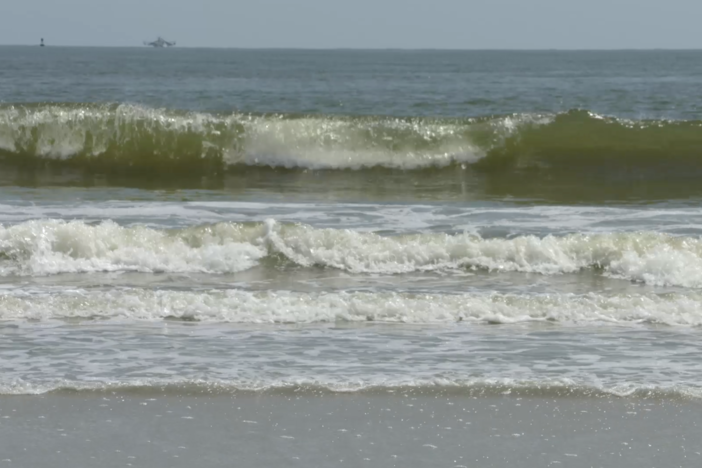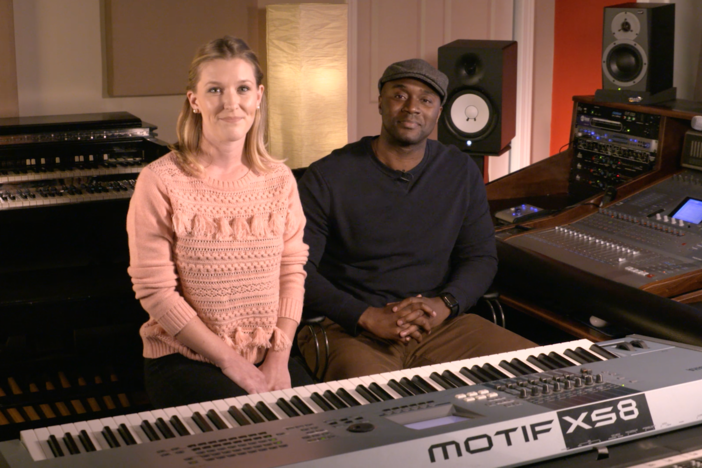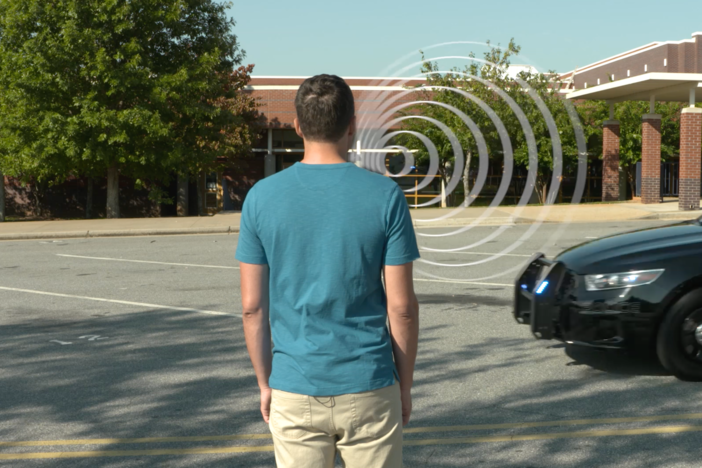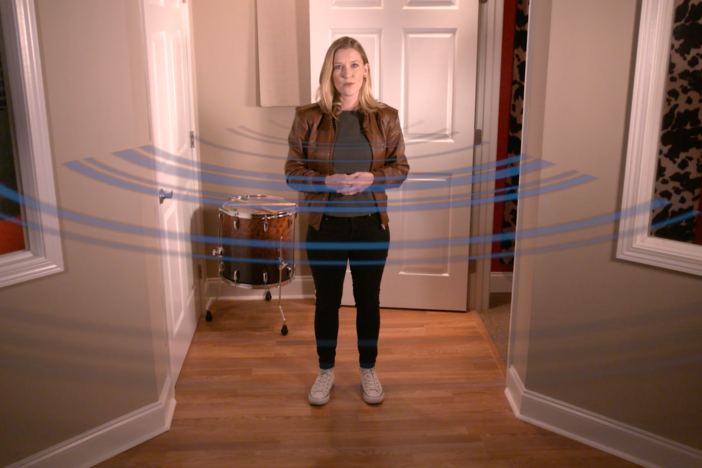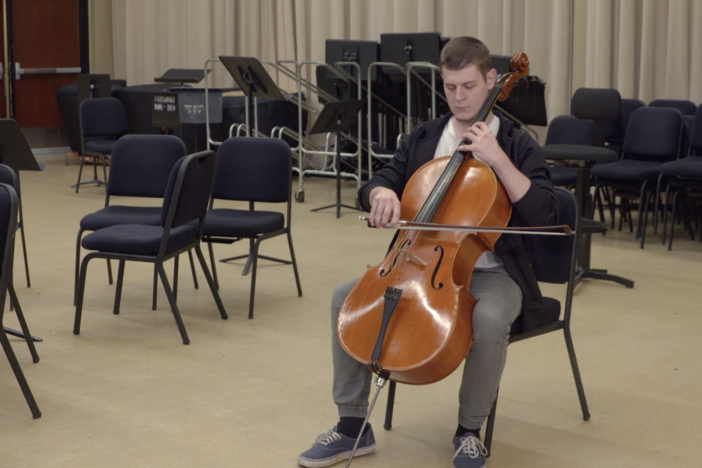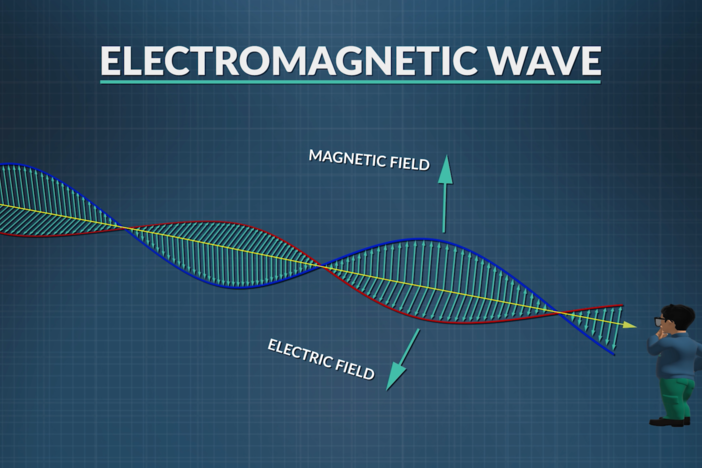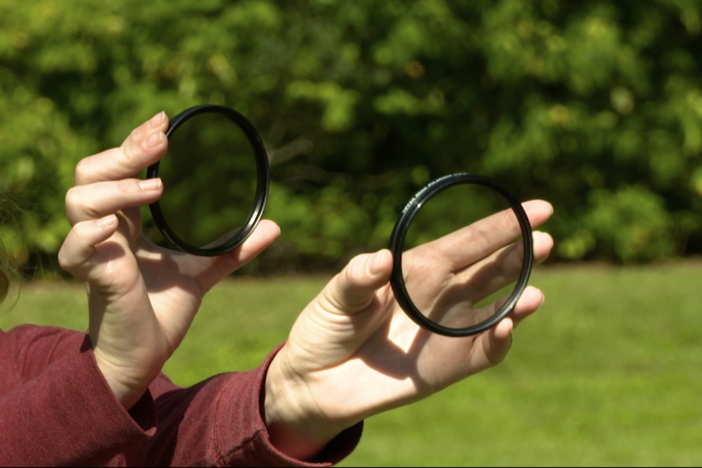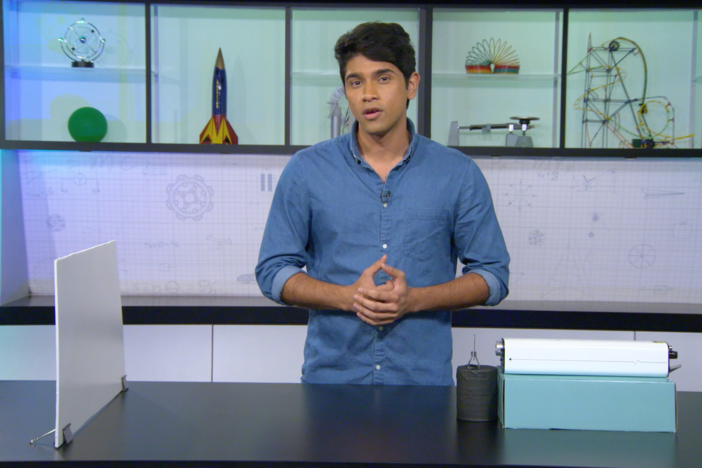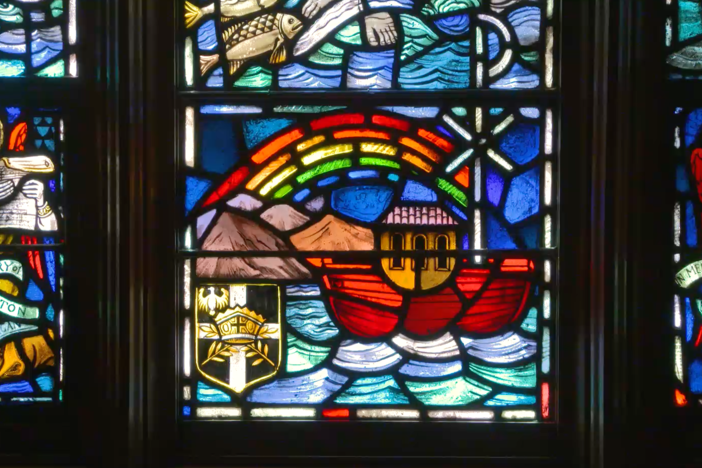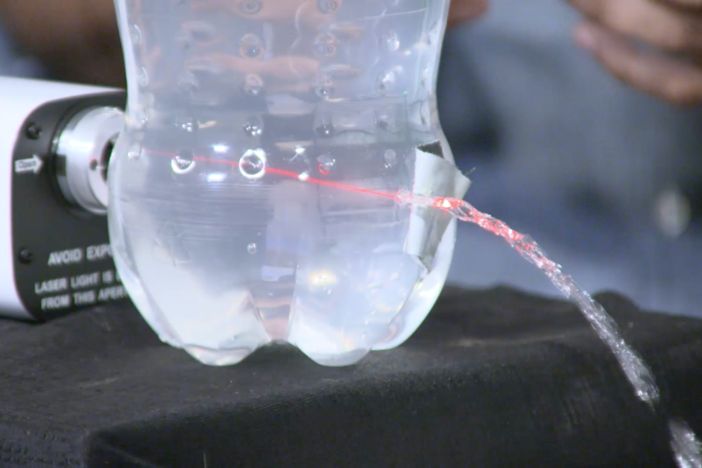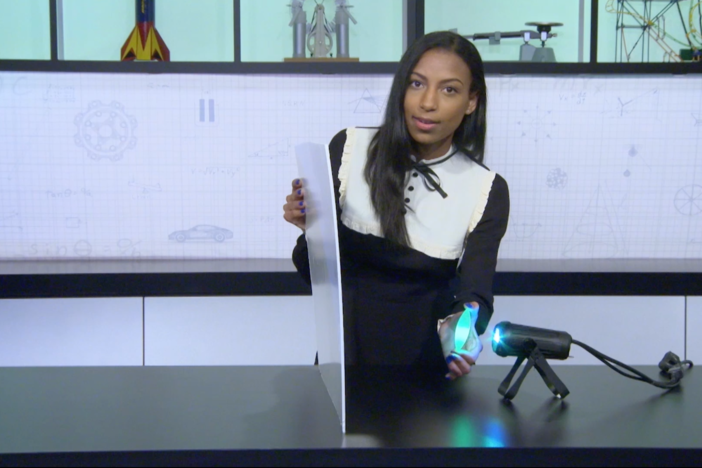Segment B: Sound Waves Properties
We visit a recording studio to explore the properties of sound. We explore the speed of sound as well as how our ears interpret changes in frequency and amplitude of a sound wave
Segment B: Sound Waves Properties
We visit a recording studio to explore the properties of sound. We explore the speed of sound as well as how our ears interpret changes in frequency and amplitude of a sound wave
Science
Obtain, evaluate, and communicate information about the properties and applications of waves.
Develop and use mathematical models to explain mechanical and electromagnetic waves as a propagating disturbance that transfers energy.
Construct an argument that analyzes the production and characteristics of sounds waves.
Obtain, evaluate, and communicate information to explain the properties of waves.
Analyze and interpret data to identify the relationships among wavelength, frequency, and energy in electromagnetic waves and amplitude and energy in mechanical waves.
Ask questions to compare and contrast the characteristics of electromagnetic and mechanical waves.
Develop models based on experimental evidence that illustrate the phenomena of reflection, refraction, interference, and diffraction.
Analyze and interpret data to explain how different media affect the speed of sound and light waves.
Obtain, evaluate, and communicate information to support the claim that electromagnetic (light) waves behave differently than mechanical (sound) waves.
Ask questions to develop explanations about the similarities and differences between electromagnetic and mechanical waves.
Develop and use a model to compare and contrast how light and sound waves are reflected, refracted, absorbed, diffracted or transmitted through various materials.
Analyze and interpret data to predict patterns in the relationship between density of media and wave behavior (i.e., speed).
Develop and use a model (e.g., simulations, graphs, illustrations) to predict and describe the relationships between wave properties (e.g., frequency, amplitude, and wavelength) and energy.
-Differentiate between mechanical and electromagnetic waves.
-Compare and contrast the motions of waves with respect to their direction of propagation.
-Calculate the velocity of a wave given its frequency and wavelength.
-Understand how our ears interpret changes in frequency and amplitude of sound waves.
-Discuss what factors influence the speed of sound in air.
-Describe how the decibel scale compares sounds of different magnitudes of loudness.
amplitude - the distance from the equilibrium position to the maximum or minimum intensity of a wave.
decibel (dB) - a unit of measurement that represents the logarithmic ratio between a sound wave’s highest and lowest pressure.
elasticity - how quickly the molecules of a material ‘bounce back’ after a wave has moved through them.
electromagnetic wave - oscillating electric and magnetic fields that need no physical medium through which to travel.
frequency (f) - the number of wavelengths that pass a given point per second; SI unit is the Hertz (Hz).
longitudinal wave - a wave that vibrates in the direction of propagation (e.g. sound waves).
mechanical wave - a wave requiring a physical medium through which to travel.
period (T) - the time it takes for one wave cycle to occur; SI unit is seconds (s).
timbre - the quality of a sound.
transverse wave - a wave that vibrates perpendicular to the direction of propogation (e.g. electromagnetic waves).
wavelength (λ) - The distance between two waves that includes on full compression and one full rarefaction of a sound wave or one full crest and one full trough of an electromagnetic wave; SI unit is meters (m).
The Physics in Motion teacher toolkit provides instructions and answer keys for study questions, practice problems, labs for all seven units of study. GPB offers the teacher toolkit at no cost to Georgia educators.To order your teacher toolkit, complete and submit this form to request the teacher toolkit. You only need to submit this form one time to get materials for all seven units.
